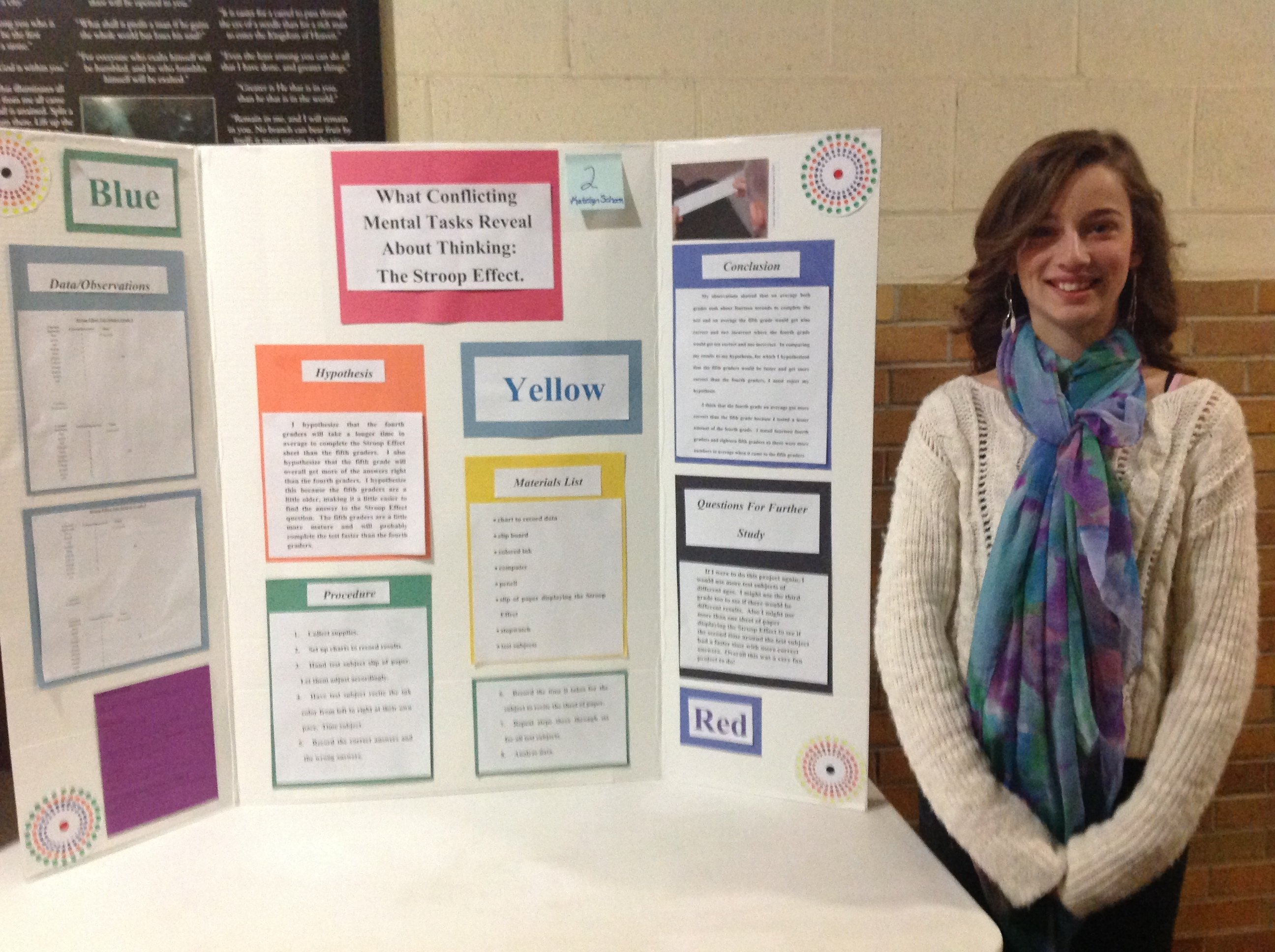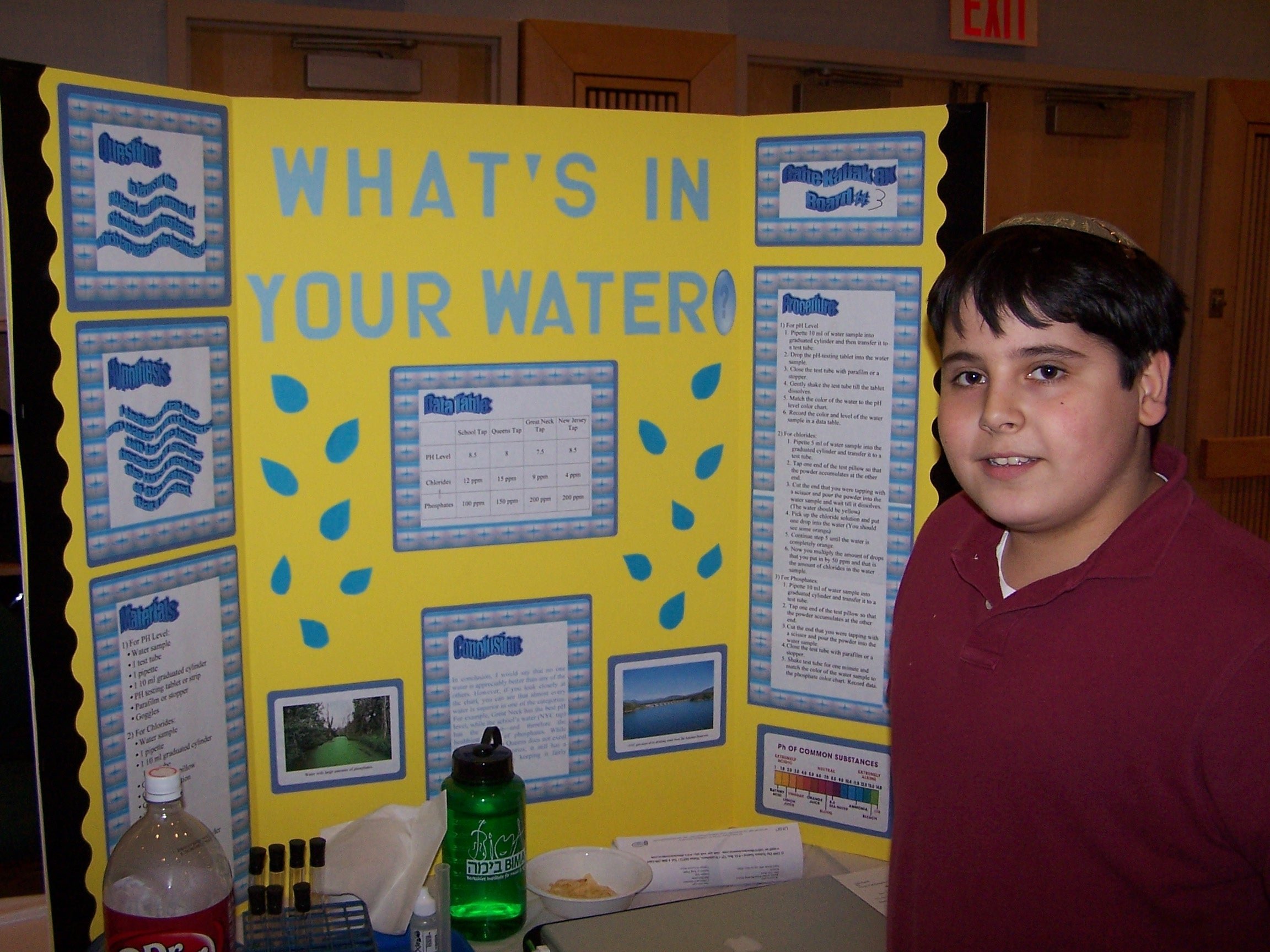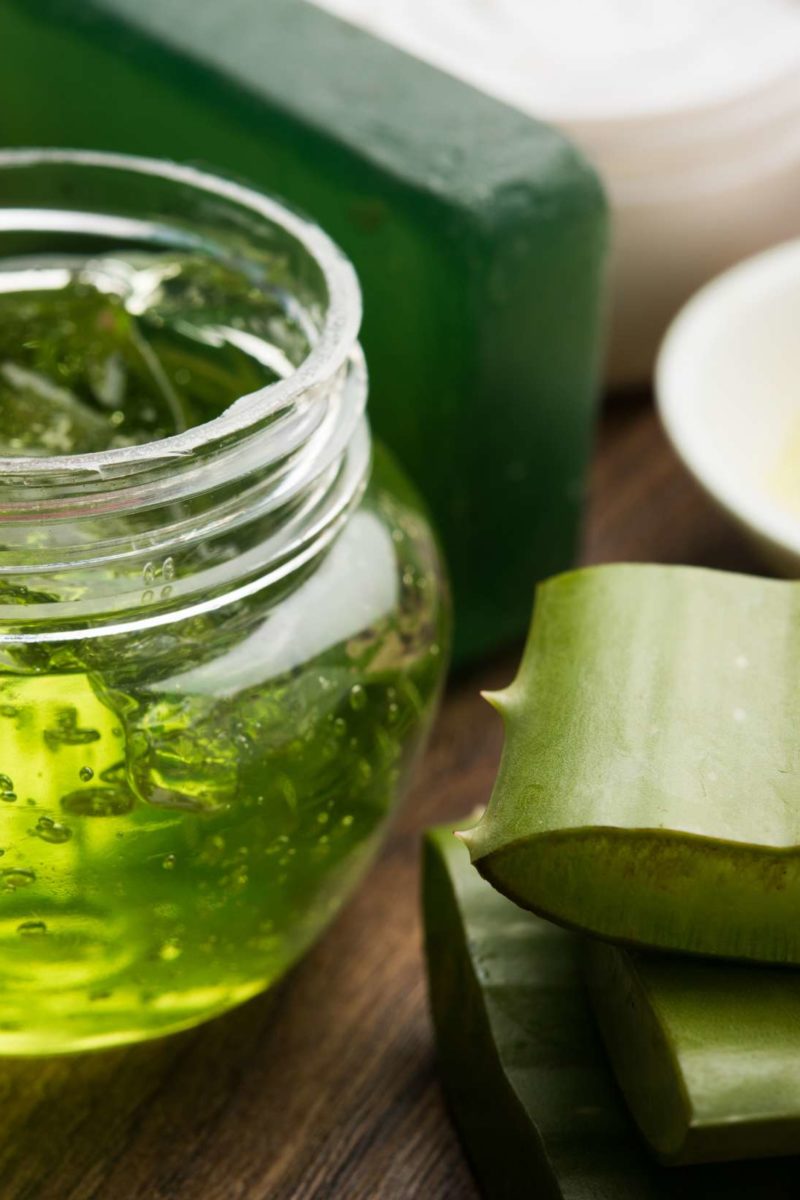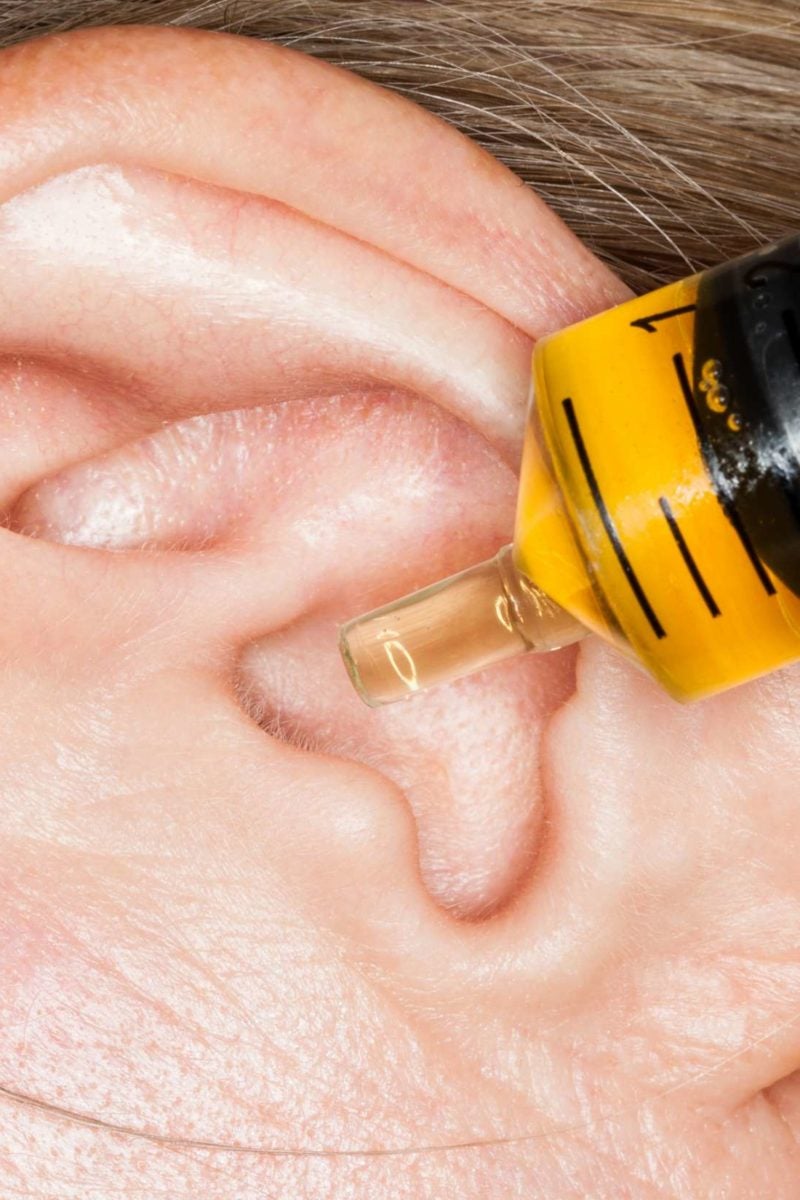Table of Content
Observe which of the jars provide the best thermal insulation. This classic easy science experiment never fails to delight. Use the power of air pressure to suck a hard-boiled egg into a jar, no hands required. You can do so many easy science experiments with a simple zip-top bag!
Supply power to the robotic car with the help of a battery. Place the white chart paper on the ground, make tracks on it with the help of black tape. Place the robotic vehicle on the chart paper and observe it move strictly on the black tracks. With the help of this particular project, the user would be able to understand programming, infrared sensors, electric circuits, gear motors, rotatory motion, linear motion, etc.
How do you prepare for a science fair project?
Slowly layer liquids like honey, dish soap, water, and rubbing alcohol in a glass. Your 5th grade science students will be amazed when the liquids float one on top of the other like magic . We always tell kids to get out of the water as a storm approaches. This take on a classic fifth grade science project challenges young engineers to build a catapult from basic materials.
Roll the clay into balls and use molecule diagrams to attach the clay to toothpicks in the shape of the molecules. Kids can make numerous types of molecules and learn how atoms bond together to form molecules. By mixing just flour, salt, and water, you'll create a basic salt dough that'll harden when baked.
Science Fair Projects & Idea Generator by Spiral Toys
Fix a bottle cap on the top stick with the help of glue. Place the projectile in the bottle cap, slightly push the topmost stick downwards, aim for the target, and release. It provides the user with the opportunity to learn about elasticity, tension, action-reaction force, projectile motion, and various other phenomena existing in nature.

The first step to making this particular project is to download the component layout and place it on the printed circuit board. Now, attach the components according to the layout. Make the circuit tracks properly and cut off the extra wires and terminals of the components. Place the project in the desired location and use a broken gas lighter to test the work.
Recreate the water cycle in a bag
Place the robot on the floor, turn on the switch, and observe it moving forward. You can also make two such robots and use them to wrestle against each other for entertainment purposes. This particular physics project would help the user gain knowledge about the basics of robotics, the function of a motor, and the importance of reusing waste materials.

Cut three circles out of the cardboard sheet, neatly stack them, and glue them together in place. Make sure that the circle present in the middle has a smaller diameter than the diameter of the two circles present on the boundary. Drill a hole in the middle of the three circles and fix it over the motor shaft.
Science begins with using our senses to observe and try to understand the world around us. This Turkey Family Genetics activity is a fun way to teach your student about inheriting different traits and spark a lively conversation about why we look the way that we do. Mum of one teenage boy, near Leighton Buzzard, Beds. Born and raised in the Home Counties, Naomi has explored much of London, along with Beds, Herts and Bucks, with her son and husband.
Useful for practising recording results in science experiments. Add a pint of milk to a saucepan and heat it until it is hot but not boiling, then carefully pour it into a bowl. Add some vinegar to the milk and then stir it around until you see blobs forming in the bowl. Press all the blobs together to form a 'dough' and squeeze out the liquid. Flatten out onto a smooth surface and then cut out shapes with a cookie cutter.
This is actually a nifty experiment if kids are going to have a classroom party and want a cool effect for table lanterns. This experiment tests the electrical conductivity of several water-based liquids. It’s fascinating to see which conduct electricity and which don’t. For this experiment, you’ll need several candy canes , a baking sheet, an oven and some aluminum foil. Carefully unwrap the candy canes and place them onto pieces of aluminum foil that are shaped like they are.

Dip one end of the Archimedes screw in the lower container containing water and align the other end of the screw over the higher container. Rotate the screw and watch the water travel up the tube. For better visualisation, add a few drops of food colouring into the water. To make an air blaster, one would require a plastic bottle, a knife or cutter, a balloon, and tape or glue.


























